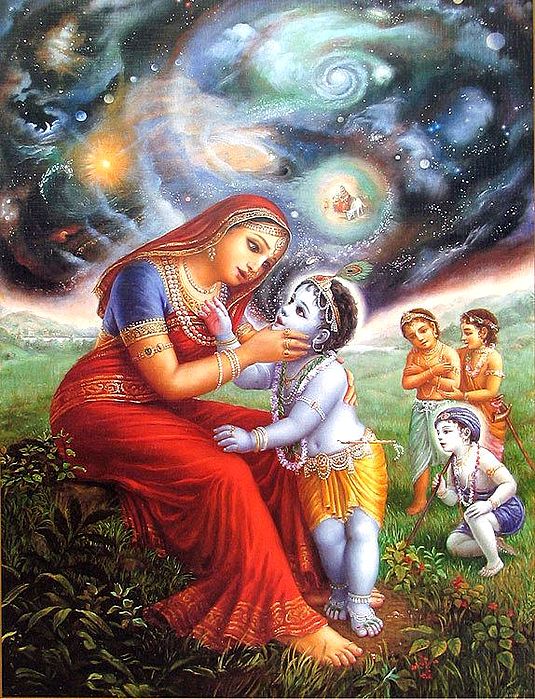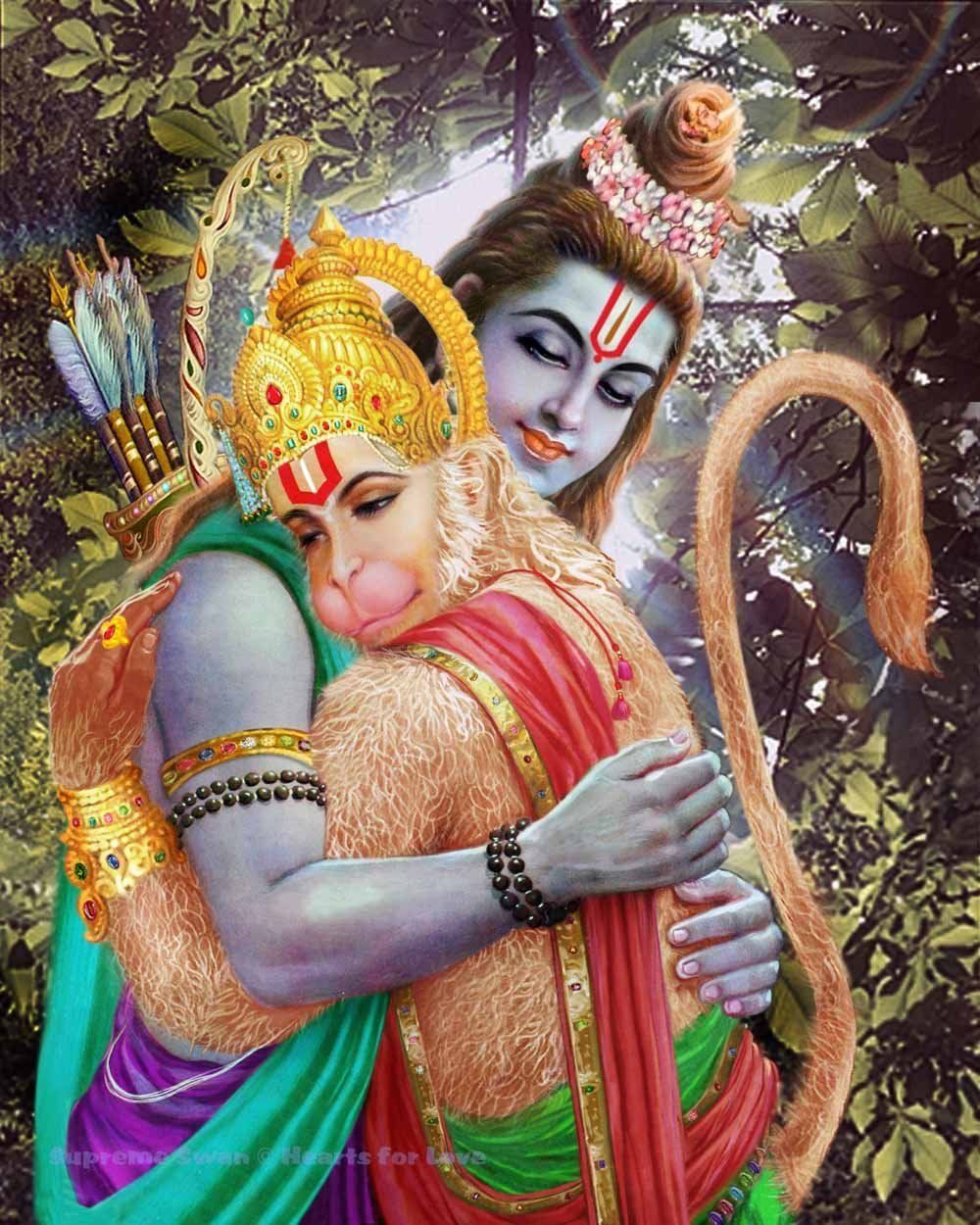Who am I? That is the question that has troubled most of us in our moments of solitude. You may be lonely, but are you alone? You are a part of the infinite and yet the infinite is within you. In the vast canvas of life, where our thoughts shine like stars in the night sky, this question guides us to explore ourselves. It invites us to uncover the layers hiding our true identity and purpose.
During moments of solitude, when the world quiets down and our true selves become prominent, we face the mystery of our existence. Exploring ourselves brings out the complex aspects of self-awareness. We question whether our identity is shaped solely by our roles and interactions or if there's a deeper essence. This inner journey begins, aiming to understand the intricate weave of our thoughts, feelings, and experiences that make up our lives.
Lonely But Not Alone
Loneliness, even though it might make us feel alone, doesn't have to isolate us completely. We are part of the larger picture of life, linked to many others throughout time and space. Life is like a beautiful symphony, and each of us has a unique role that blends with the universe's everlasting tune. This connection reassures us that while we might experience moments of being by ourselves, we are always linked. Our core is in harmony with the cosmos, our stories interwoven with those of stars, galaxies, and countless souls that have journeyed through time.
Through this amazing reflection, we understand that the endlessness of the universe resides within us. Our consciousness mirrors the vastness of space. We carry the ability to dream, imagine, and contemplate the profound questions of life. The cosmos, with all its stars and celestial wonders, isn't far away; it's reflected in our thoughts and dreams. Our inner world, brimming with limitless potential, is like a tiny universe within us.
Our Connectedness with the Universe
The Bhagvad Gita states: "Verily, as from a blazing fire sparks issue forth in great numbers, even so from the Imperishable all the Vedas with all the different branches, vowels, accents, and rhythmical patterns issue forth. As from a blazing fire, sparks — the sun, the moon, the stars, the lightning; thus, from the Imperishable has been breathed forth all this — what is of the earth, what is of the sky, what is between, what is below and what is above." Although this verse doesn't directly talk about the link between people and the sun, it shows how everything in the universe comes from one source. This can hint at how everything is connected, including celestial bodies like the sun in the sky.
Brahman -The Infinite. Morsels from Vedanta and Upanishads
In Vedanta, Brahman is the most real and important thing, the origin and core of everything. It doesn't have a set shape, quality, or feature. It's beyond our understanding and words, beyond the rules of the physical world. So, words like "infinite," "eternal," and "unbounded" are used to talk about it, but they only hint at what Brahman really is, which is impossible to put into words.
It's worth mentioning that conversations about Brahman and its qualities usually dive into the world of philosophy and metaphysics. Different branches of Hinduism might have slightly different views on this idea. Nonetheless, the concept of Brahman being boundless is a key belief in various interpretations of Vedanta and Hindu philosophy.
The Upanishads often stress unity and oneness, showing that a divine essence (Brahman) is present in everything. Although they don't directly mention a person's link with the sun, their overall idea of everything being connected and all things coming from the same reality supports the thought that we're connected with the sun and everything else in the universe.
The Upanishads, key texts in Hindu philosophy, stress the link between individuals and the universe. They explore unity, showing how the small self connects with the vast cosmos. This connection is often shown using metaphors, analogies, and deep insights. Here are some examples that illustrate this connection in the Upanishads:
- Chandogya Upanishad (6.8.7):
- Mundaka Upanishad (2.2.10-11):
- Isha Upanishad (1):
This Upanishad verse speaks of the universe being enveloped and pervaded by the divine, reminding individuals to recognize the underlying unity that connects everything. It encourages individuals to find protection and understanding by acknowledging this cosmic interconnection.
- Brihadaranyaka Upanishad (2.4.6):
Overall, the Upanishads emphasize that the individual is not isolated but is intricately woven into the fabric of existence. The metaphors, analogies, and teachings within these texts encourage individuals to realize their inherent unity with the cosmos and to transcend the illusion of separateness, recognizing the profound interconnectedness that underlies all of creation.
Nam Japa - Connecting with the Brahman
While the Bhagvad Gita, Vedanta and Upanishads are inspiring, their commentaries on us (I) being a part of the infinite Brahman may be breathtaking for most layman inquirers among us; there is a way for the common man and on occasion, even the spiritually adept practitioner to immerse himself in Nam Japa (reciting the Lord's name). All the Gods in our glorious and sacred Hindu pantheon are manifestations of the eternal Brahman.
The phrase राम से बढ़कर है राम का नाम। means "Greater than Ram is the name of Ram." This expression conveys the idea that the name of Lord Ram holds immense significance and power, even greater than Lord Ram himself. It emphasizes the spiritual and divine value attributed to the name. What is important for the common person who feels intimidated by the logical cosmological rigor of answers to "Who am I?" is to devote oneself to reciting Kirtans, bhajans, shlokas in honour of their favorite devata. If congregational gatherings are your thing then attend Satsangs.
CONCLUSION
As we explore who we are, let's welcome the question "Who am I?" as a journey rather than a puzzle to solve. Through moments of self-reflection and the mix of being alone and connecting with others, we create our stories within the bigger picture of life. Standing at the edge of self-awareness, we realize that we're both unique individuals and reflections of the universe's beauty. The endless vastness is not just around us, but also a part of us.










